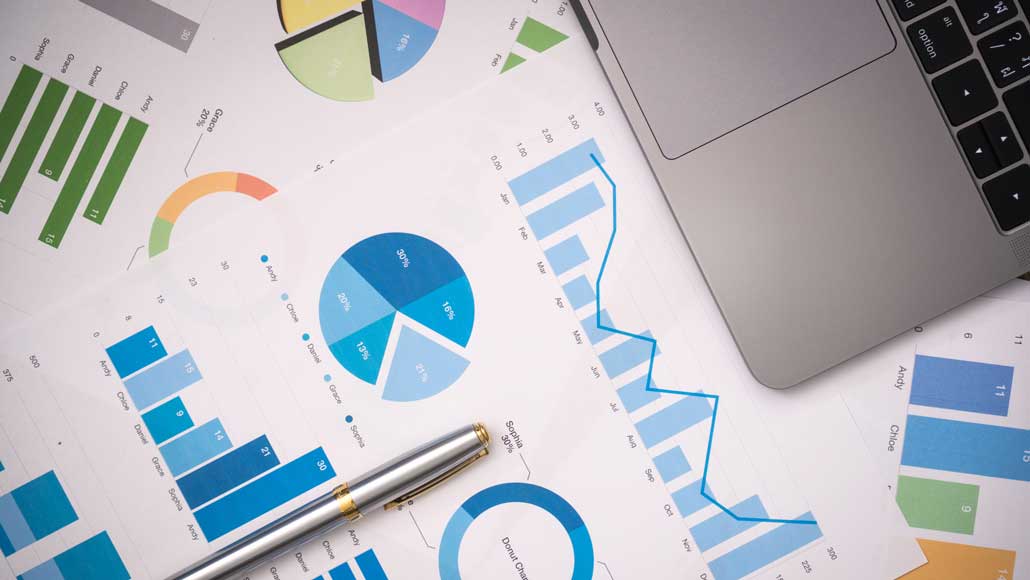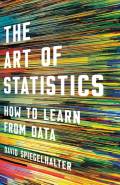
Numbers don’t lie, but they can be deceiving. David Spiegelhalter’s The Art of Statistics can help you figure out what data are really saying.
Wiyada Arunwaikit/iStock /Getty Images Plus
- More than 2 years ago

The Art of Statistics
David Spiegelhalter
Basic Books, $32
There are, as the saying goes, three kinds of lies: lies, damned lies and statistics. David Spiegelhalter is here to keep you from being duped by data.
If you’re seeking a plain-language intro to statistics, or just want to get better at judging the reliability of numbers in the news, Spiegelhalter’s The Art of Statistics is a solid crash course. The book is less about learning how to use specific mathematical tools than it is about exploring the myriad ways statistics can help solve real-world problems — and why statistical claims often have to be padded with caveats.
Spiegelhalter, a statistician at the University of Cambridge, keeps things lively by tying new concepts to questions. For instance, should you fret that eating bacon will increase your risk of bowel cancer? The relative risk might make you think so: People who eat a bacon sandwich every day have an 18 percent higher risk of bowel cancer than those who don’t. But looking at the absolute risk — a rise of 6 to 7 cases per 100 people — may put your mind at ease.
Spiegelhalter’s narration is encouraging, and he knows where beginners are likely to get tripped up. He makes dense sections easier to parse by including frequent recaps and lots of data visualizations, and tucking equations into footnotes.
The Art of Statistics is alight with his enthusiasm for how statistics can be used to glean information for court cases, city planning and a host of other sectors. But Spiegelhalter warns readers not to forget the assumptions and uncertainties inherent in any analysis, and tells many cautionary tales about the ways statistics can go astray. Patchy samples and logical missteps can lead to faulty conclusions. And bad-faith statistical practices have contributed to the reproducibility crisis in psychology and other areas of science (SN: 4/2/16, p. 8). Perhaps the most flagrant example is how social psychologist Daryl Bem manipulated study designs and cherry-picked data to publish statistically significant results in 2011 that suggested humans have extrasensory perception.
Spiegelhalter doesn’t let the media off the hook, either. Many of the questions he uses to introduce topics are drawn from misleading news reports. Such debunked articles include one claiming that going to college increases your risk of getting a brain tumor — which mistook correlation for causation in data on socioeconomic status and tumor diagnoses — and another where confusing risks and ratios caused a media outlet to state that a cholesterol medication increased risk of muscle pain by up to 20, not 2, percent.
The Art of Statistics leaves readers with a better handle on the ins and outs of data analysis, as well as a heightened awareness that, as Spiegelhalter writes, “Numbers may appear to be cold, hard facts, but … they need to be treated with delicacy.”
Buy The Art of Statistics from Amazon.com. Science News is a participant in the Amazon Services LLC Associates Program. Please see our FAQ for more details.






